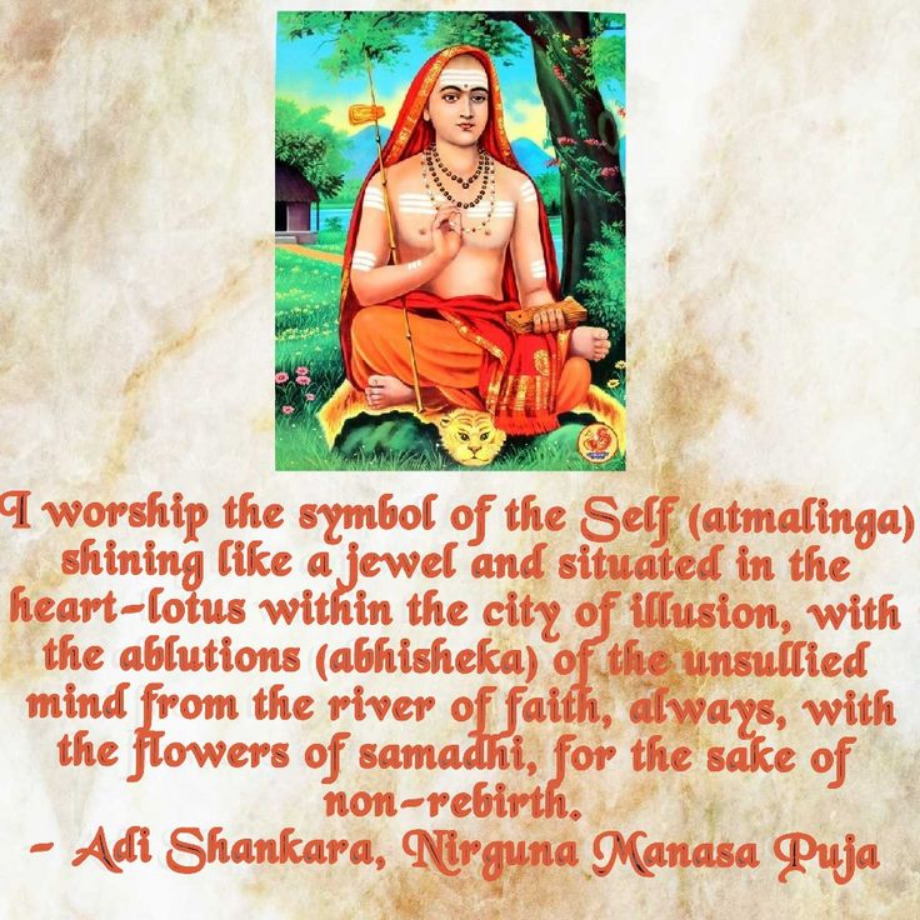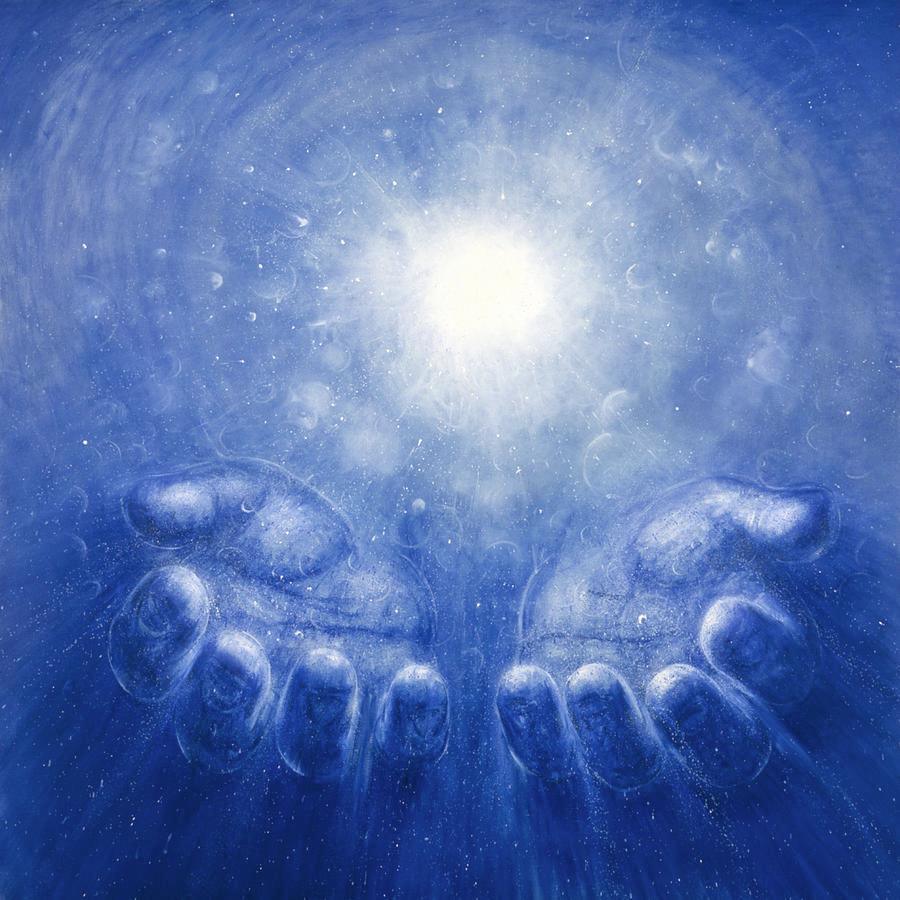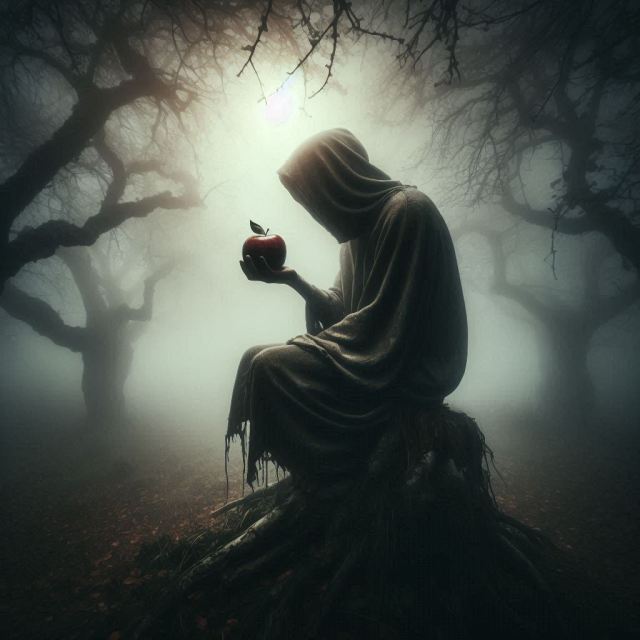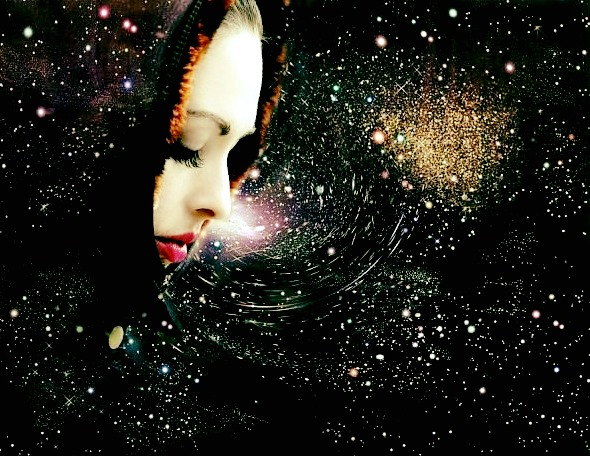Saturday, May 31, 2025
Joseph Sadony
What Sadony sought—and found—was a universal law applicable to all science, nature and human nature. Through his studies of atomic energy, gravitation, electricity, light, heat, magnetism and other scientific matters, he determined upon the unity of all things: atoms, molecules, human beings, the world about us, and galaxies of stars. All, including the body and mind of man, are one, each and all constantly receiving and emitting radiant energy.
Edgar Cayce
“A soulmate is an ongoing connection with another individual that the soul picks up again in various times and places over lifetimes. We are attracted to another person at a soul level not because that person is our unique complement, but because by being with that individual, we are somehow provided with an impetus to become whole ourselves.”
Thomas Traherne
In the spirit of the gospels, Traherne’s “great theme is the visionary innocence of childhood,” and his writings suggest “that adults have lost the joy of childhood, and with it an understanding of the divine nature of creation.” Traherne seems to convey the idea that paradise can only be rediscovered and regained through reacquiring this childlike innocence—a state which “precedes the knowledge of good and evil” and seems to be composed of a boundless love and wonder.
Llewellyn Vaughan-Lee
“What is mysticism? How is it different to spirituality? And why is mysticism important at this moment in time?
"The spiritual journey can be most simply described as a way to access the light of our soul — the beautiful light with which we came into the world. On this journey we make an inner relationship with this light of our divine nature — the spirit that is within each of us. Through this relationship we come to know our true self and be nourished by the deeper meaning of our soul."
The Upanishads
- That which is consciousness alone which is all-pervading, which is eternal, which is all-full, which is of the form of bliss and which is indestructible, is the only true brahman (infinite consciousness). – Varaha Upanishad
- This syllable Om is indeed brahman. This syllable is the highest. Whosoever knows this syllable obtains all that he desires. – Katha Upanishad
- Om is the bow; the atman is the arrow; Brahman is said to be the mark. It is to be struck by an undistracted mind. Then the atman becomes one with Brahman, as the arrow with the target. – Mundaka Upanishad
- The knowing self is not born; it does not die. it has not sprung from anything; nothing has sprung from it. Birthless, eternal, everlasting, and ancient, it is not killed when the body is killed. – Katha Upanishad
- It is indeed the mind that is the cause of men’s bondage and liberation. The mind that is attached to sense-objects leads to bondage, while dissociated from sense-objects it tends to lead to liberation. – Amrita-Bindu Upanishad
- The self that is subtler than the subtle and greater than the great is seated in the heart of every creature. One who is free from desire sees the glory of the self through the tranquillity of the mind and senses and becomes absolved from grief. – Katha Upanishad
- This Atman, resplendent and pure, whom the sinless sannyasins behold residing within the body, is attained by the unceasing practice of truthfulness, austerity, right knowledge, and continence. – Mundaka Upanishad
- To the seer, all things have verily become the Self: what delusion, what sorrow, can there be for him who beholds that oneness? – Isa Upanishad
- Whether the body perishes now or lasts the age of moon and stars, what matters it to me having consciousness alone as my body? What matters it to the sky in the pot, whether it (the pot) is destroyed now or exists for a long time. – Varaha Upanishad
- Like the butter hidden in milk, the pure consciousness resides in every being. That ought to be constantly churned out by the churning rod of the mind. – Amrita-Bindu Upanishad
- In order to realize the self, renounce everything. having cast off all (objects), assimilate yourself to that which remains. – Annapurna Upanishad
- When all longings that are in the heart vanish, then a mortal becomes immortal and attains Brahman (infinite consciousness) here. – Katha Upanishad
- Those who are clever in arguments about Brahman, but are without the action pertaining to brahman (infinite consciousness) and who are greatly attached to the world – those certainly are born again and again (in this world) through their ajnana (ignorance). – Tejo-Bindu Upanishad
- As rivers, flowing down, become indistinguishable on reaching the sea by giving up their names and forms, so also the illumined soul, having become freed from name and form, reaches the self-effulgent supreme self – Mundaka Upanishad.
- As flowing rivers disappear in the sea, losing their names and forms, so a wise man, freed from name and form, attains the Purusha, who is greater than the great. – Mundaka Upanishad
- Arise! awake! approach the great and learn. like the sharp edge of a razor is that path, so the wise say—hard to tread and difficult to cross. – Katha Upanishads
Friday, May 30, 2025
ATMA SAKSHATKARAATMA SAKSHATKARA
That SHIVA further says: |
Bashar
Physical reality is only a mirror.
And whatever you define it to be;
whatever you believe is most true, is what you get.
So it's very important to pay attention to those beliefs and those definitions, for it is those and only those that create your physical reality experience.
H. P. Blavatsky
Whatever plane our consciousness may be acting in, both we and the things belonging to that plane are, for the time being, our only realities. As we rise in the scale of development we perceive that during the stages through which we have passed we mistook shadows for realities, and the upward progress of the Ego is a series of progressive awakenings, each advance bringing with it the idea that now, at last, we have reached "reality"; but only when we shall have reached the absolute Consciousness, and blended our own with it, shall we be free from the delusions produced by Maya [illusion].
Thursday, May 29, 2025
Osho
I don't think existence wants you to be serious. I have not seen a serious tree. I have not seen a serious bird. I have not seen a serious sunrise. I have not seen a serious starry night. It seems they are all laughing in their own ways, dancing in their own ways. We may not understand it, but there is a subtle feeling that the whole existence is a celebration.
Adyashanti
Self as illusion can fall away at any instant.
It could fall away at any instant if we had no obsession with it, no attachment to it, no identification with it— then it would just quite naturally fall away.
Mabel Collins
Secreted and hidden in the heart of the world and in the heart of the human is the light which can illuminate all life, the future and the past. Shall we not search for it?
Giordano Bruno
Divine love does not weigh down, nor carry his servant captive and enslaved to the lowest depths, but raises him, supports him and magnifies him above all liberty whatsoever.
C. W. Leadbeater
Vegetables contain more nutriment than an equal amount of dead flesh. This will sound a surprising and incredible statement to many people, because they have been brought up to believe that they cannot exist unless they defile themselves with flesh, and this delusion is so widely spread that it is difficult to awaken the average man from it.
The Art of Positive Thinking by Swami Jyotirmayananda
“The Sun” (1911) by Edvard Munch
“As you develop more understanding of your Self, you will discover that its positive qualities are bound to conquer all that is negative. There is a boundless ocean of peace and harmony within you. There is boundless light within you, and when you open the window of your soul to that light, the darkness will automatically vanish. This window has become a little rusty, so it will take some time to open. But no matter how long it takes, you must have patience. No matter how many times your mind may falter in this project, you must keep ignoring the negative. Negativity is just a ghost; it is only an illusion. The reality is the supremely positive presence of God within you.” (p. 21-22)
“The Sun” (1911) by Edvard Munch
Pir Vilayat Inayat Khan
The adept may reach one of those rare moments that spell illumination—aware of the light of the consciousness that illumines our consciousness as the sun dawns on the sleeping earth and bathes it in effulgence.
Nilakanta Sri Ram
The state of love is the state of grace. The development of that state and the unlocking of its mysteries brings one to the condition where there is no separation between oneself and others.
William Quan Judge
Karma is like the vine that gathers strength through uninterrupted years, and which fastens its tendrils so closely that it is as strong as the structure to which it adheres. There is no way to destroy its power except by the separation of the parts, these parts renew themselves in other forms of life, but the structure is freed when its root is destroyed.
Susan Jeffers
If we do not consciously and consistently focus on the spiritual part of ourselves, we will never experience the kind of joy, satisfaction, safety, and connectedness we are all seeking.
Sri Aurobindo (1872–1950) Indian Mystic, Philosopher, Poet
The yoga we practice is not for ourselves alone, but for the Divine; its aim is to work out the will of the Divine in the world, to effect a spiritual transformation and to bring down a divine nature and a divine life into the mental, vital and physical nature and life of humanity. Its object is not personal Mukti, although Mukti is a necessary condition of the yoga, but the liberation and transformation of the human being. It is not personal Ananda, but the bringing down of the divine Ananda—Christ’s kingdom of heaven, our Satyayuga—upon the earth.
Aldous Huxley (1894–1963)
The spiritual journey does not consist in arriving at a new destination where a person gains what he did not have, or becomes what he is not. It consists in the dissipation of one’s own ignorance concerning one’s self and life, and the gradual growth of that understanding which begins the spiritual awakening. The finding of God is a coming to one’s self.
Buddhist Teaching
In the sky, there is no distinction of east and west; people create distinctions out of their own minds and then believe them to be true.
James Allen (1864–1912)
Only by much searching and mining are gold and diamonds obtained, and man can find every truth connected with his being if he will dig deep into the mine of his soul.
Antoine de Saint-Exupery, The Little Prince
"It is only with the heart that one can see rightly; what is essential is invisible to the eyes.”
The Little Prince's words can also be read through the Sufi lens of divine love (‘ishq-e-ilāhī). For the Sufi, love is the path and the guide. Only through love—born in the heart—can the seeker truly perceive the face of the Beloved in all things. The eyes may miss the sacred hidden in the ordinary, but the heart, moved by divine love, sees the signs of God in every star, every rose, every encounter.
Wednesday, May 28, 2025
- Morihei Ueshiba
"ALL THINGS, material and spiritual, originate from one source and are related as if they were one family. The past, present, and future are all contained in the life force. The universe emerged and developed from one source, and we evolved through the optimal process of unification and harmonization."
A realm between material and spiritual. Img: Ajith @4jithThe Rev. Samuel Beal
“What he taught may be summed up in a few words, as the perfume of many roses may be distilled into a few drops of attar: Everything in the world of Matter is unreal; the only reality is in the world of Spirit. Emancipate yourselves from the tyranny of the former; strive to attain the latter"
Quotes by Radha Burnier
“True Occultism or Theosophy is the ‘Great Renunciation of the self,’ unconditionally and absolutely, in thought as in action.” All the manifestations of the separative self, whether they are intensive and obvious, subtle or dormant, cloud the understanding and intelligence. At their worst, they completely distort the view, making the individual see his environment in terms of his own ambition, pride or envy. At their mildest, they still bar the gates of perception into the hidden meaning, splendor and beauty which is the heart of existence, concealed in the very being of all, both in the animate and the inanimate. Only when the taint of selfhood is completely washed away does Wisdom bloom in all its perfection, and that which was secret before becomes as the light of day"
Quotes on theosophical teaching and study. From Illuminations of the Mystery Traditions
"Our work is to teach the world theosophy, to lift the mind of man from the unreal to the real, to lead man to his own divine greatness, splendour, and destiny, to bring purpose, intelligence, and confidence into the lives of a purposeless, blind, and fearful humanity. The pen, the voice, the life: these are the means. The pen writes, the voice speaks, and the life exemplifies Theosophy; these act from those still regions where truth abides."
Dada J. P. Vaswani
Men are so busy changing conditions and circumstances that they have no time to change themselves. Until man learns to change himself all other change is futile!
Patanjali
Knowledge born of the finest discrimination takes us to the farthest shore. It is intuitive, omniscient, and beyond all divisions of time and space.
Voltaire
If there were only one religion in England there would be danger of despotism, if there were two, they would cut each other’s throats, but there are thirty, and they live in peace and happiness.
Albert Einstei
“If the bee disappeared off the surface of the globe, then woman/man would have only four years of life left. No more bees, no more pollination, no more plants, no more animals, no more woman/man.”
Image: Mahaboka
-
Recently a Russian Orientalist, Mr Sergei Alexeyev, has described Jesus as a Hindu Sannyasin.The publication of this book will help Chris...
-
“As the sun, revealer of all objects to the seer, is not harmed by the sinful eye, nor by the impurities of the objects it gazes on, so th...




















































